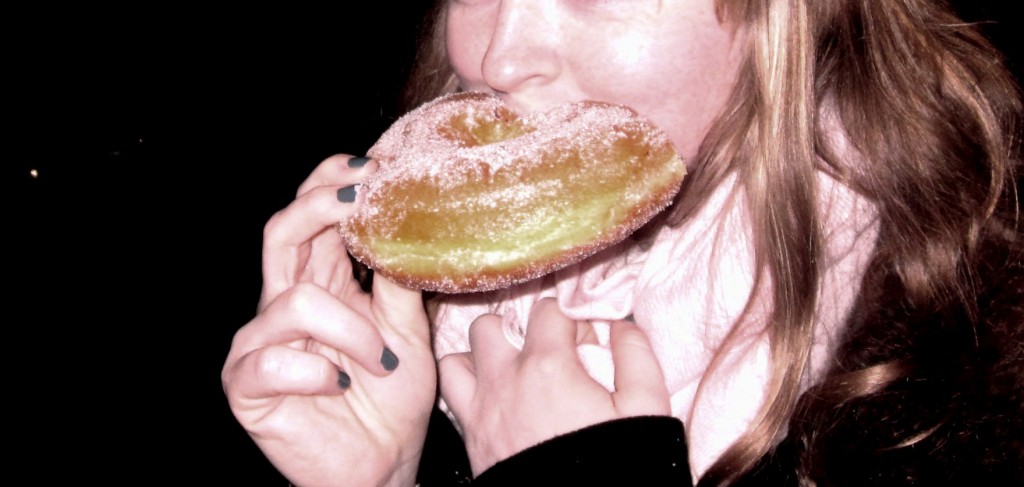Even when I was living in Andalucía, I only went to Sevilla for the airport. I’d always thought of it as too far from the coast and too hot, especially in the summer months. However, once I finally went for a three-day trip to the city, I ended up staying a week. Andalucía in Southern Spain is saturated with the Spanish culture you generally think of when you think of Spain, and I’d say Sevilla is the most tourist friendly, yet still culturally infused city in this region. Here, Flamenco is king, the sun seems to shine all the time, and sangria flows freely. Accessible by train, plane, or bus, Sevilla is an easy stop over on your way to somewhere else, or as a trip all its own.

The city is fairly large, but the city center is walkable and also navigable by tram, bus and bike. Pancho Tours offers free walking tours on the Sevilla side of the Guadalquivir River, the other side is known as Triana (worth checking out for a caña or six). The guides will take you through the main parts of the city and relay all the old legends and historical facts. There are plenty, since Sevilla’s history dates back about 2,200 years during which time it has been under Roman and Muslim rule. Sevilla is now the capital of Andalucía, and cultural events and tours are easy to find. For the linguistically-challenged, Sevilla is great as many people speak English in the city center.
Whether or not you partake in the tours, strolling around the city is a feast for the eyes. First off and impossible to miss is the Cathedral of Sevilla. With an interesting history itself, the cathedral is worth an afternoon (especially in the summer, when the cool interior offers welcome relief from the heat). Inside, you’ll find the tomb of Christopher Columbus, and on top of the bell tower, you’ll find the Giralda, a UNESCO World Heritage Site from which the view is breathtaking. Another World Heritage Site is the Alcázar, the oldest palace in Europe that is still in use. The gardens are spectacular and being there is almost like wandering through Wonderland.
Nearby is Barrio Santa Cruz, the old Jewish quarter of the city. The beautiful winding streets, azulejos, and quaint shops and bars seem subdued compared to this areas vibrant history, both romantic and dark. In the evening try to find La Carbonería, a bar that offers free nightly flamenco. It’s tricky to find, but follow the wails and crowds or just ask a local.
Plaza España is in Maria Luisa Park, south of the cathedral. The park is gigantic, and the plaza is impressive enough to have been featured in Star Wars. You can wander the park, appreciate the awesome architecture, and even row a boat around the half-moat that hugs the building. Less historical, and perhaps more mysterious, is the Metropol Parasol, also known as the mushroom, and the waffle, and that giant weird thing. This huge wooden lattice suspended above the square is interesting, and a stark visual change from the historical buildings filling the city.
NO8DO, the city’s motto, is said to have been coined by King Alfonso X. You’ll see it on flags, manhole covers, and everything in between. The 8 represents a spool of wool, madeja in Spanish. When paired with NO and DO it becomes ‘no me ha dejado’ or, ‘it hasn’t left me’. To the King, this meant that the city of Sevilla never abandoned him, always supported him through royally trying times. You may not be royalty, but a stay in Sevilla is for princes and paupers alike.

